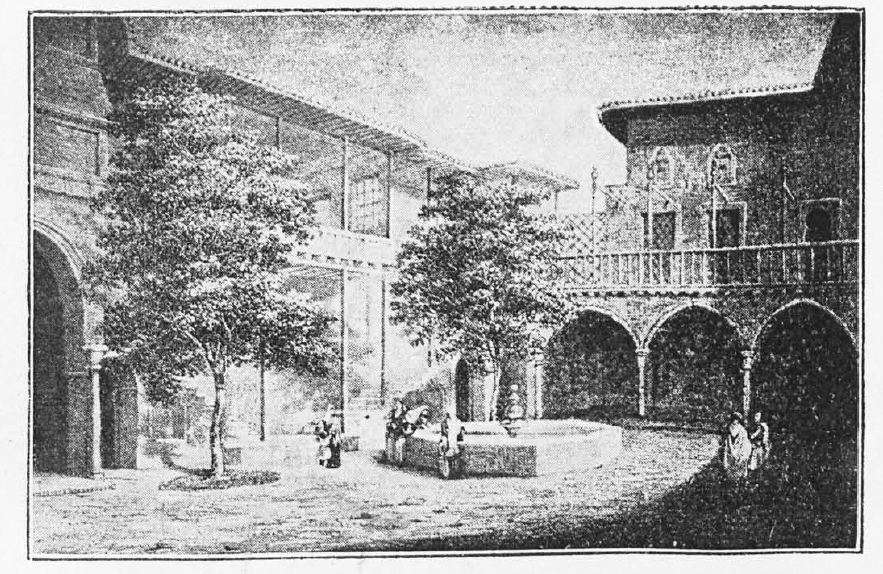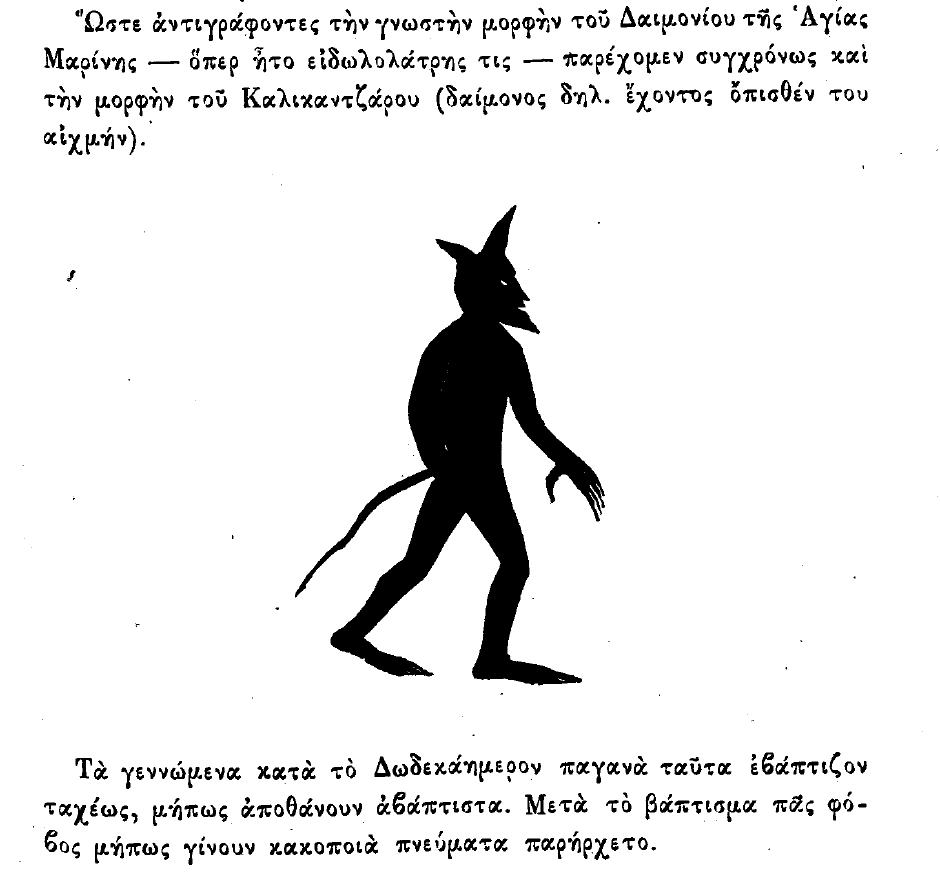Here are two minor tidbits about the modern history and culture of the area around Porto Rafti as we eagerly wait for additional team member interviews and contributions to materialize:
(1) Mesogaia, land full of drunks?
This winter I was reading some old accounts about eastern Attica and ran across a three-volume book on the history of the Athenians that was published by an (amateur) Athenian historian and nationalist named Dimitrios Kambouroglou in 1889. Kambouroglou was interested in the non-ancient history of the city and its inhabitants. The book is mostly focused on describing folk traditions and life ways of people in different parts of Athens and Attica during the period of Turkish rule (the Tourkokratia).

The book is pretty strange, and you can learn a lot about old customs in there – for example, I learned that during the Turkish period in Athens, you were supposed to put a bunch of salt in the first bath of your baby, in order to make sure it would grow up to become a nostimos anthropos. There is also a fair amount of useful advice about avoiding various evil spirits.

Kambouroglou was a member of the urban elite, and you can tell: there is a strong contrast presented between urbane city-dwellers and the marginal (Albanian speaking) populations of Attica outside of the urban center. His book includes a long aside on the villages in Attica outside of Athens, and the Mesogaia is singled out as particularly degenerate, especially because of all of the wine that is produced and consumed there. When discussing the Mesogaia, Kambouroglou opposes the attractive, hospitable, and subtle urbanites and the rowdy, unrefined Albanian speakers of the Mesogaia, who he thinks should be classified somewhere on the spectrum between human and animals. He calls Athens “the city of pnevmatos” – that’d be a reference to a spirit/reason in the sense of the noble, civilized, Hellenic way. The Mesogaia, on the other hand, is “the countryside of oinopnevmatos” – implying spirit in a drunky, wino kind of way. According to Kambouroglou’s account, back in the day everyone thought that the Mesogaia was a land of boozy degenerates. I suppose the joke is on Kambouroglou now, since the region is full of successful wineries that offer popular agriturismo-type accommodations and elegant tasting rooms.

(2) Return of the Exiles from Gyaros in 1974
One of my goals from the winter was to wrangle together a body of archival imagery from Porto Rafti, but mostly this effort has not gotten very far. It’s something I’ve been working on a little this summer. One interesting photo that has turned up is this image of exiled Greeks returning from the island of Gyaros subsequent to the fall of the military junta that governed from 1967–1974. Gyaros is an island to the northwest of Syros that was used as a prison and place of torture/abuse for communists and dissidents thought to be a threat to the dictatorship. The photo shows a large crowd of people meeting a ferry at the Porto Rafti limani. The still mostly undeveloped slopes to the north of the bay and the familiar silhouette of the Perati massif are visible in the background.

